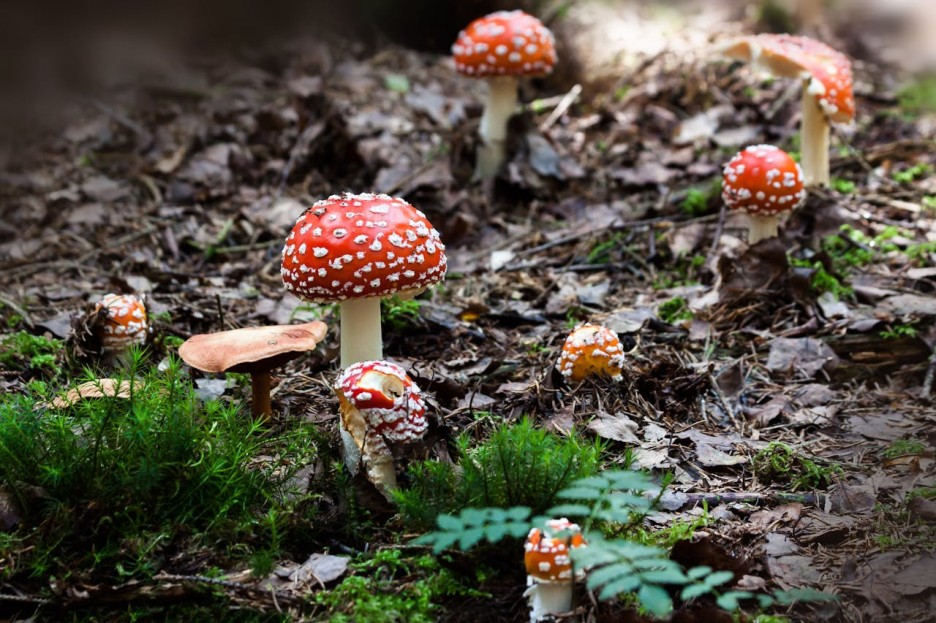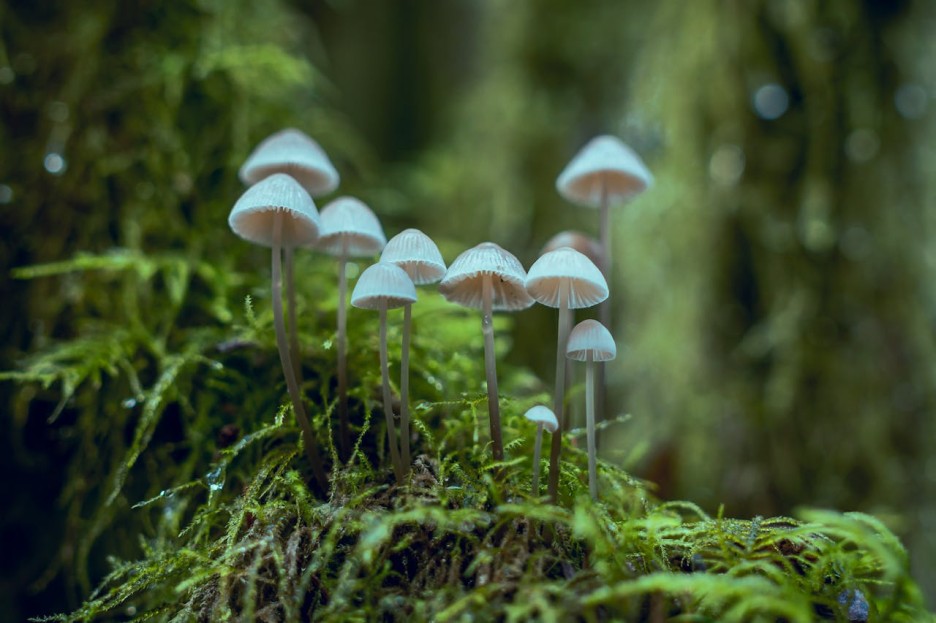Plants, Fungi Can Be Gay Too; Have Same-Sex Reproduction, Queer Theory Doctor Explains

A doctor of philosophy has claimed that plants and fungi can also be lesbian and gay, like humans and animals.
On Thursday, Dr. Patricia "Patty" Ononiwu Kaishian joined "TMZ Live" for an interview to explain more about her research discoveries on same-sex reproduction in fungi and plants.
Kaishian told hosts Charles Latibeaudiere and Harvey Levin that plants and fungi are more complex and don't simply classify as males and females, noting that they can produce offspring with the same sex.
"What we both see in plants and fungi is this whole spectrum of different reproductive strategies that organisms engage in to [to] continue to produce offspring," she said.
Per Patty's website, she is "a doctor of fungus" who holds a Bachelor of Arts degree in Biology and a Ph.D. in Forest Pathology & Mycology.
For her doctoral work, she focused on the Laboulbeniales (Ascomycota) fungi's taxonomy, biodiversity and ecology.
"Beyond more traditional scientific work, I also work in the realms of philosophy of science, ecofeminism, queer ecology, and queer theory, exploring how mycology and other scientific disciplines are situated in and informed by our sociopolitical landscape," she wrote on her website.
As a fungi expert, she worked on a publication that "popularizes the relationship between queerness and mycology (the study of fungi)." Her work is titled "The Science Underground: Mycology as a Queer Discipline."

"Our scientific understanding of mushrooms and other fungi has been shaped and indeed impeded by mycophobia, a condition of fear and revulsion that we compare here to queerphobia," the study's abstract read.
"Mycology is queer at the organismal level. Fungi are nonbinary: they are neither plants nor animals, but possess a mixture of qualities common to both groups, upending the prevailing binary concept of nature," Patty wrote, alongside Hasmik Djoulakian, in the body of the study.

"It is rare for a fungus to have only two biological sexes, and some fungi, such as Schizophyllum commune, have as many as 23,000 mating types. When two compatible fungi meet, their mycelia will fuse into one body, sexually recombine, [and] then remain somatically as one as they" continue to live, grow, and explore in their environment."
Interestingly, research published in 2005 seemingly supports Kaishian's findings, as it said, "Members of the same sex of a pathogenic fungal species can mate and produce offspring."
© 2026 Enstarz.com All rights reserved. Do not reproduce without permission.





